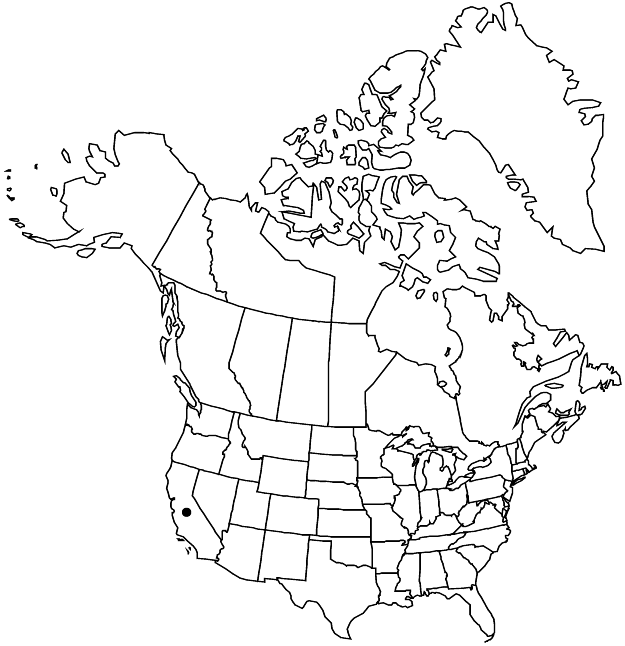familyPolygonaceae
subfamilyPolygonaceae subfam. Eriogonoideae
genusChorizanthe
subgenusChorizanthe subg. Amphietes
speciesChorizanthe polygonoides
Difference between revisions of "Chorizanthe polygonoides var. polygonoides"
Common names: Knotweed spineflower
Synonyms: Acanthogonum polygonoides (Torrey & A. Gray) Goodman
Treatment appears in FNA Volume 5. Treatment on page 466.
FNA>Volume Importer |
FNA>Volume Importer |
||
| Line 47: | Line 47: | ||
|publication year= | |publication year= | ||
|special status= | |special status= | ||
| − | |source xml=https://jpend@bitbucket.org/aafc-mbb/fna-data-curation.git/src/ | + | |source xml=https://jpend@bitbucket.org/aafc-mbb/fna-data-curation.git/src/f6b125a955440c0872999024f038d74684f65921/coarse_grained_fna_xml/V5/V5_978.xml |
|subfamily=Polygonaceae subfam. Eriogonoideae | |subfamily=Polygonaceae subfam. Eriogonoideae | ||
|genus=Chorizanthe | |genus=Chorizanthe | ||
Revision as of 20:11, 24 September 2019
Plants generally greenish. Invo-lucres 2–2.5 mm; prominent teeth with awns 1.5–2 mm. 2n = 40.
Phenology: Flowering Apr–Jun.
Habitat: Sandy to gravelly mostly volcanic soils, mixed grassland communities, oak-pine or montane conifer woodlands
Elevation: 100-1500 m
Discussion
Variety polygonoides occurs from Modoc County to Calaveras County in the Sierra Nevada, in the Sacramento Valley, and in the Coast Ranges from Lake County to Santa Barbara County. In San Luis Obispo and Monterey counties, knotweed spineflower is on sandstones or conglomerates rather than volcanic substrates. All populations are widely scattered and the plants are mostly rare to infrequent.
Selected References
None.
Lower Taxa
None.
... more about "Chorizanthe polygonoides var. polygonoides"
